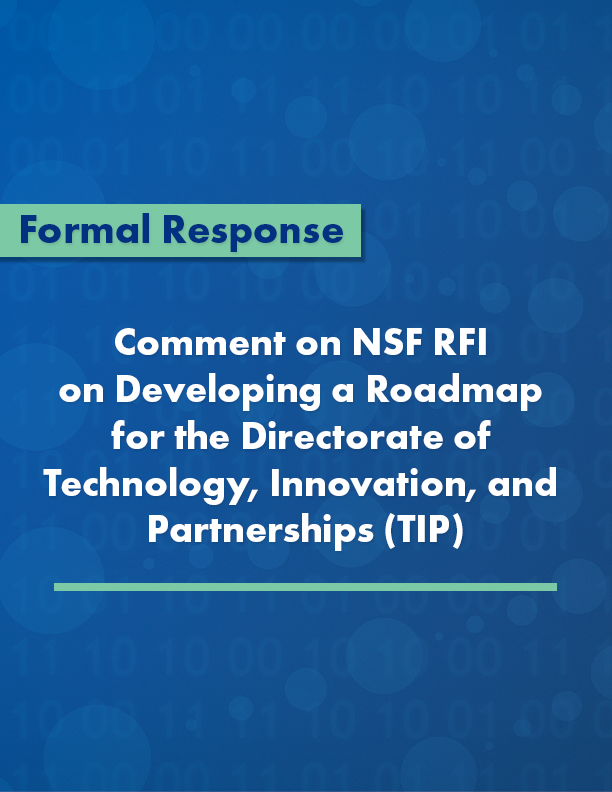The Center for Security and Emerging Technology (CSET) at Georgetown University offers the following comments in response to NSF’s Request for Information (88 FR 26345) on Developing a Roadmap for the Directorate for Technology, Innovation, and Partnerships. A policy research organization within Georgetown University, CSET provides decision-makers with data-driven analysis on the security implications of emerging technologies, focusing on artificial intelligence, advanced computing, and biotechnology. We appreciate the opportunity to offer these comments.
Our response pertains to five of the topics from the enumerated list provided in the RFI:
- Prioritization
- Suitability
- Workforce
- Additions
- Other Topics
Summary Comments
- The proliferation of technology lists poses a challenge to strategic investment and development. We recommend efforts to (i) consolidate and align existing lists and (ii) consider alternative approaches to identifying critical areas of science and technology.
- AI/ML is a technology well-suited for critical use-inspired and translational research, which can and should be prioritized.
- AI/ML is a technology that already has notable workforce needs, and there are ways TIP can foster workforce development and upskilling in AI/ML.
- Semiconductors and biotechnology are two other areas with use-inspired research areas and workforce needs that should be prioritized.
